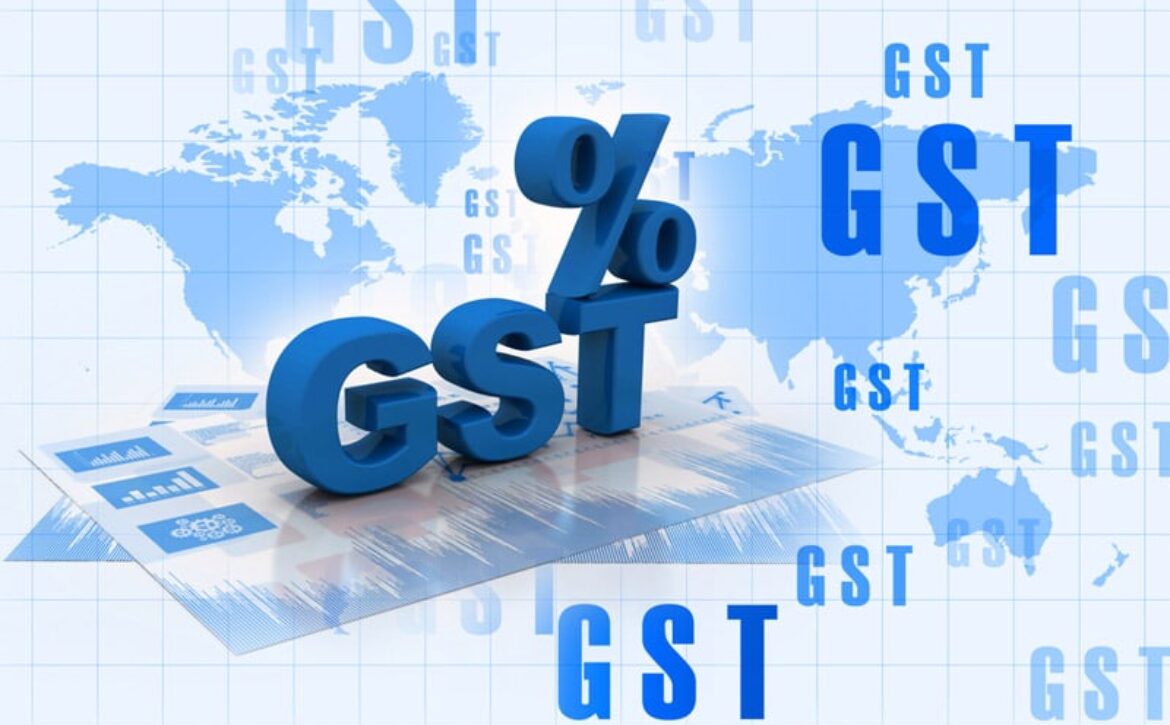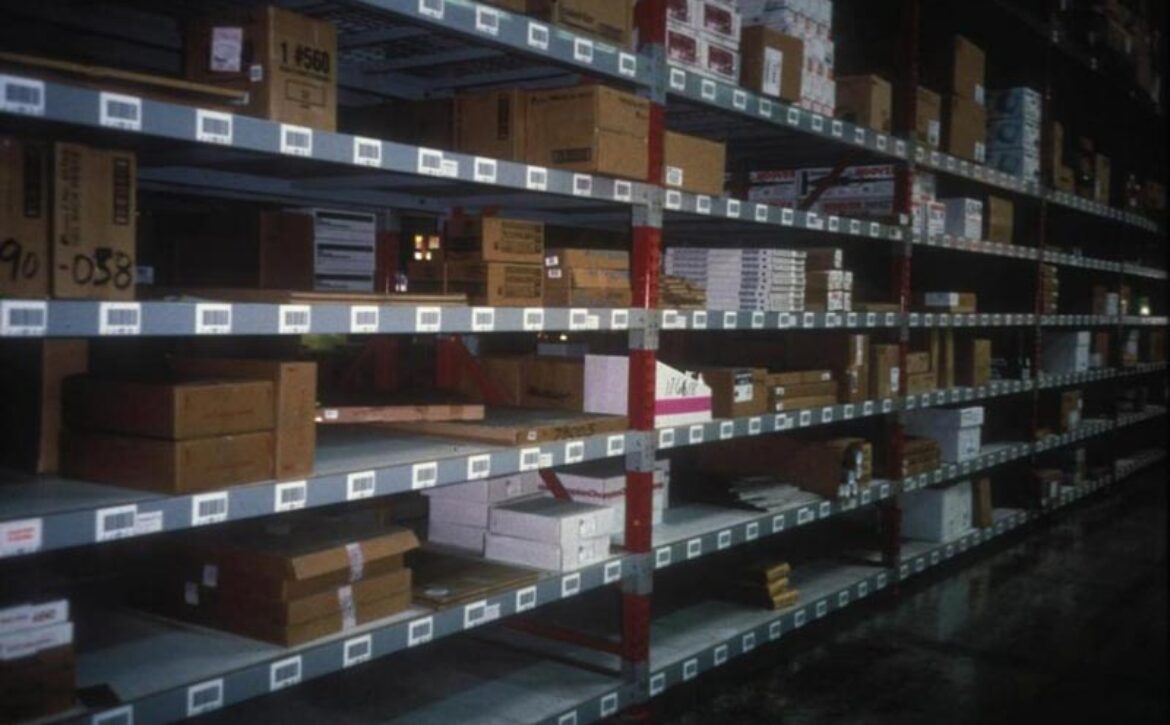What are the 3 major inventory management techniques?
Inventory management techniques are a useful tool in the hands of management, they ensure that the right type of stock is available, at the right time, in the right place and in the required quantity. Inventory management techniques also help in enabling managers to match the stock displayed in the books of accounts with the available, and in this article on LOGSTIAT logistics solutions We’ll show you what are the 3 major inventory management techniques.
What is inventory management?

Inventory management is one of the most important methods of enterprise management, which needs strict control, so as not to be exposed to any theft or embezzlement,
This needs periodic inventory in order to ensure that the inventory is intact and there is no shortage or deficit in the stores.
What is meant by inventory management are the tools and techniques that are used for the purpose of tracking, delivering and ordering inventory,
Which is one of the important things, as the majority of the capital of any company is directed into its inventory.
What are the 3 major inventory management techniques?
There are 3 very common inventory management techniques, and below we will show you the 3 major inventory management techniques in some detail:
1. The Push Strategy for Inventory Management
Our first strategy is The Push Strategy for Inventory Management; in which inventory is controlled by pushing items from the manufacturer to the warehouse, and then the customer buys those items with the available inventory.
In order to take advantage of this strategy, you need to accurately forecast the demand for your products, and this will be achieved by understanding the quantity required of the product at any time of the year.
You can achieve this through the use of inventory management system, which will provide you with all the information you may need about how much inventory they may need to order over the course of the calendar year.
2. The Pull Strategy for Inventory Management
The second strategy is The Pull Strategy for Inventory Management, in which the warehouse pulls only the item that the customer orders,
That is, instead of an item moving down the supply chain management, it moves up, and in fact that process takes a lot of time.
Therefore, The Pull Strategy for Inventory Management is used specifically with those valuable items or products that are in unexpected or low demand.
3. The Just-in-Time Strategy (JIT) for Inventory Management

Just-in-time is a Japanese inventory management technique, which emphasizes the maintenance of “zero inventory”.
As the name implies, it merely refers to maintaining such amount of stock that is required at present, to carry out the process of production or trade.
Some organizations first receive demand from customers, and then they proceed to stock-purchasing and manufacturing activities.
Following are the various advantages of JIT:
- JIT benefits by ordering new stock only when old stock is about to expire. Thus, it reduces the obsolescence or expiration of the current stock.
- It ensures positive cash flow, with less working capital in stock.
- It also provides for optimizing inventory cost by reducing storage and insurance expenses.
However, one of the major drawbacks of this technique is that it can lead to stock running out. Because there is a possibility that the procurement team will fail to order the goods on time or delay the delivery of inventory.




























